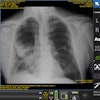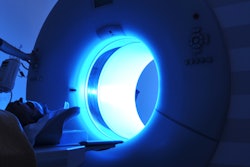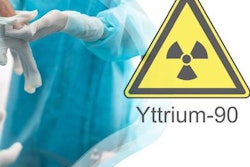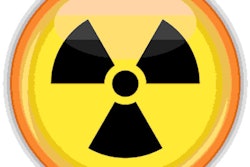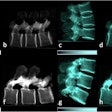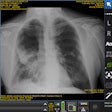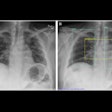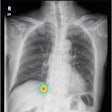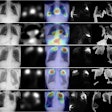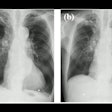Children with Down syndrome experience significantly more medical imaging and higher radiation exposure than other children, especially at young ages when they are most vulnerable, according to a study published September 6 in PLOS One.
A U.S. team led by Emily Marlow, PhD, of the American Cancer Society in Kennesaw, Georgia, found that while imaging that uses ionizing radiation in children has decreased in the last decade, there has been a persistent increase in children with Down syndrome -- specifically fluoroscopy, CT, nuclear medicine, and angiography.
"Clinicians should consider incorporating strategic management decisions when imaging this high-risk population," the group wrote.
Children with Down syndrome have known defects in DNA repair and thus may be more susceptible to cancer from radiation-induced DNA damage, the researchers explained. Moreover, they are expected to undergo higher rates of imaging due to comorbid conditions such as congenital heart disease and musculoskeletal abnormalities, they wrote.
In this study, to gauge the magnitude of imaging in these patients, the researchers studied rates in 4.3 million children in six U.S. integrated healthcare systems from 1996-2016, 3,095 of whom were diagnosed with Down syndrome. They calculated imaging rates per 100 person-years and estimated the associated red bone marrow radiation doses in children with and without Down syndrome.
Children with Down syndrome underwent imaging using ionizing radiation at 9.5 times the rate when they were less than one year old compared to other children and 2.3 times the rate compared to other children when they were between one and 18 years old.
As a result, the mean cumulative red bone marrow dose from imaging over a mean of 4.2 years was twice as high in children with Down syndrome compared with other children (4.7 vs. 1.9 milligrays), according to the findings.
Imaging tests (per 100 person-years) by modality in children with Down syndrome compared with other children (1996-2016):
| Modality | Other children | Children with Down syndrome |
| Radiography | 54 | 149 |
| Ultrasound | 14 | 50 |
| Fluoroscopy | 5 | 7 |
| CT | 4 | 7 |
| MRI | 0.5 | 4 |
"The greater exposure to imaging using ionizing radiation, and greater number of exposures for each type of exam, resulted in children with Down syndrome receiving more than double the mean estimated cumulative red bone marrow dose per child compared to other children," the authors wrote.
Campaigns such as Image Gently have helped raise awareness of the need to reduce radiation in pediatric patients, with surveys indicating a willingness among radiologists to adopt lower dose protocols, the authors wrote. Yet based on this study and others, there’s more work to be done, they suggested.
"Future research should evaluate whether imaging with ultrasound and MRI that do not use ionizing radiation could replace some of the imaging with CT and angiography to reduce the risk of radiation-induced cancer," the group concluded.
The full study can be found here.

